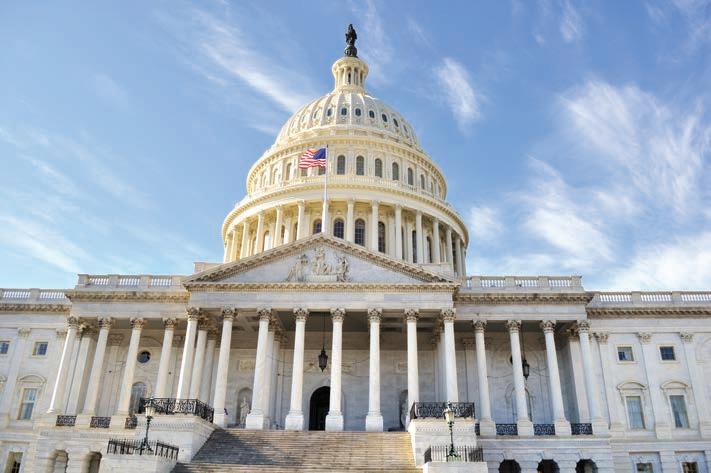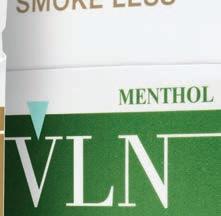
3 minute read
RTD looking to lower fares, attract more riders
Commerce City considers Broncos windfall
Council discusses how to spend $600,000 rebate from team’s 2022 sale
BY SCOTT TAYLOR STAYLOR@COLORADOCOMMUNITYMEDIA.COM
Commerce City will ask the city’s youth and possibly more how it should spend a $613,462 windfall from the 2022 sale of the Denver Broncos.
Councilors heard a report from city sta about how to spend the distribution from the Metropolitan Football Stadium District at their Feb. 27 meeting.
BY LUKE ZARZECKI LZARZECKI@COLORADOCOMMUNITYMEDIA.COM
RTD is in the process of lowering and simplifying costs, with new, lower fares a possibility by the rst quarter of 2024 and if approved by the board.
It came out of their Fare Study and Equity Analysis the RTD Board reviewed and released to the public on Feb. 14 the airport fare would be $10, under a modi ed version of that plan. e Metropolitan Football Stadium District announced in October that it would distribute more than $41 million back to the cities, towns and counties that paid a Mile High Stadium-supporting sales tax through 2011.
“In April, RTD sta will ask the Board to release the draft recommended fare structure, policies and programs and draft fare equity analysis to the public. roughout the month of May, members of the public will be able to attend fare study information sessions and provide comments on the proposal,” Figliolino wrote in an email.
“...transit trends and data are in uenced by seasonal factors, such as vacations and the resumption of the school year, in addition to persisting pandemic impacts and large scheduled events.” the report reads.
A long line of cars outside the city of Brighton’s rapid testing site at Riverdale Regional Park. The site has had to close early many days in recent weeks due to high demand. Adams County’s 14-day test positivity rate was 15.9 percent, as of Nov. 17, according to Tri-County Health Department. Brighton and Commerce City’s test positivity rates were both higher than 13 percent. Forty- ve people in Brighton and 29 in Commerce City have died from COVID-19 related health issues. To limit the spread of COVID-19, at least 15 counties moved to tighter restrictions that prohibits indoor and personal gatherings.
“...customers expressed a strong preference for simplifying the existing fare structure. e design was also modi ed to include lower Local fares in response to customer feedback and to align with equity goals,” a news release from RTD reads.
According to Brandon Figliolino, a spokesperson for RTD, the Board of Directors is looking at a plan to combine local and regional fares, and lower the airport fare. A threehour pass would cost $2.75, a day pass $5.50 a monthly pass $88 and
It may be one way to get more riders. RTD saw an increase in ridership during its Zero Fare for Better Air period in August 2022, when services were free. According to a nal report on the program, overall ridership increased by 22% compared from July 2022 to August 2022, and average weekday daily ridership increased by 19.9% in August compared to July. e report also acknowledges the increase can’t only be attributed to the free rides.
State Representatives Jennifer Bacon and Stephanie Vigil and State Senator Faith Winter introduced a bill this year that will allow that same grant to be used for any month that a transit agency designates as its “ozone season.”
By Ellis Arnold Colorado Community Media
Additionally, even with higher costs of driving, data provided by RTD shows that gas prices do not change ridership.
Laurie Hu , a spokesperson for RTD, wrote in an email that many factors a ect ridership, such as seasonality, weather, service levels and the opening of new lines.
As Denver metro counties continue to inch closer to local stay-at-home orders under Colorado’s system of coronavirusrelated restrictions, the state announced a new level of rules that prohibits indoor dining and personal gatherings — a change that applies to the majority of the Denver metro area and many counties in other regions.
She noted an increase in ridership in 2008 coincided with higher gas e state’s COVID-19 dial, which has been in e ect since September, is the set of di erent levels of restrictions that each county is required to follow based on the severity of a county’s local virus spread. e dial grew out of the state’s safer-athome order — the policy that came a er the statewide stay-at-home order this spring and allowed numerous types of businesses to reopen. e state recently switched to color identi ers — levels blue, yellow and orange rather than numbered levels — to avoid confusion. Until Nov. 17, level red meant a stay-at-home order. Now, level red — “severe risk” — is the second-
Commerce City, which levied the tax along with a number of other Front Range communities, received $613,462 as a part of that agreement. According to the District’s lease agreement, that money must go towards youth activity programs.
Carolyn Keith, director of Parks, Recreation and Golf for the city, said other cities are considering the same issue.
“A lot of folks are looking at capital projects or one-time expenditures or enhancing some scholarship programs that allow youth to participate in recreation programs,” Keith said.
Keith suggested the money could be used to build an outdoor ninja course or a climbing wall for older
Please see RESTRICTIONS, Page 2













